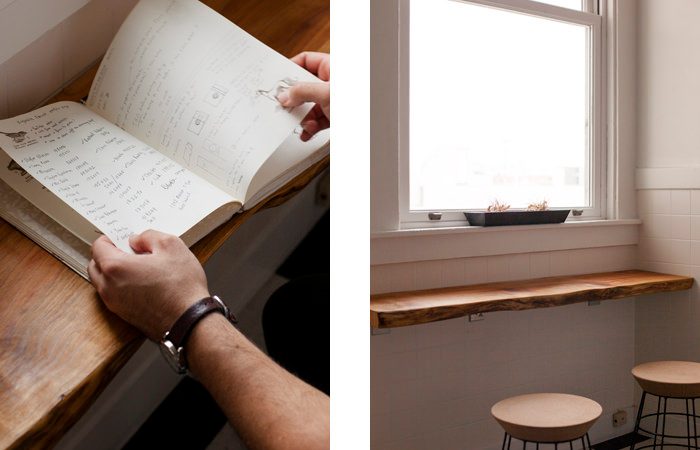Jono Brandel
Based: San Francisco Notable Projects: Patatap, Anitype, Fog Beast Website: jonobr1.com
Jono Brandel seems like an enviably cool guy. The San Francisco-based designer is only 28 years old, but already has numerous incredible projects under his belt, not including his day-job as a designer and developer for the Data Arts Team, part of Google's Creative Lab.
Jono’s work seamlessly combines very clever programming with beautiful aesthetics, and refreshingly simple interfaces. Take Patatap – one of the finest procrastination tools we’ve ever found – which unites gorgeous visuals with sound in the form of a digital toolkit that allows users to simultaneously create melodies and visual patterns. Elsewhere, his very smart Antitype site allows users to easily animate letters, to show what an animated typeface might look like online. It’s these sort of imaginative, quirky, but ultimately very helpful tools that have seen Jono bag a raft of awards and win an army of admirers.

Patatap is in part, an exploration of synaesthesia (when “stimulation of one sensory input leads to automatic experiences in another”), hinting at his fascination with the aural, as well as the visual world. “Sound is a dark art to me. It’s one of my most consumed media,” he says.
“I don’t have a television, Netflix, Xbox, any of that stuff. In my free time I tend to stay away from a screen. I’m usually outside on a walk or cycling. As a result I rely on music, podcasts, and audiobooks a lot. Despite being a visual person, a good hook in a song stirs me more than a piece of visual media. Through this infatuation I try to marry my work with sound to pay homage.”
This lust for life both on and off-screen seems to translate directly into Jono’s design approach and he’s excited by digital design’s flexibility, and the opportunity for practitioners to quite literally change the game.
“As a discipline it’s so young and malleable,” he says. “I find its youth to be the most interesting part of it. Coming from this perspective, I would say my approach is to embrace change. When I do this I learn and when I learn I’m engaged. I think I make my best work when I’m engaged.”

Jono’s working process is to start in a sketchbook, before developing ideas into a prototype that acts as a work-in-progress design. “Briefs I’ve received are typically pretty dry. They include schedules, deliverables, etc.. so in sketching out possible ideas I try to come up with strong metaphors or analogies,” he says.
“For example in Patatap all the animations have colloquial names. The animations include a Moon, Confetti, a Pinwheel, the list goes on. I know it may sound silly, but I find programming to be very expressive. When I assign names to variables or functions I try to assign an appropriate part of speech — nouns, verbs, phrases. This helps me understand the look and feel for that system. It guides me.”
While studying Design and Media Arts at UCLA, Jono learnt how to programme, and says his understating of coding is “invaluable” to his work. However, he adds: “I would never make a sweeping generalisation to say everyone needs a certain type of background [to be a digital designer].
“I’m trying to involve metrics and understand user patterns more, but generally speaking my work comes from a personal space. As a result, I spend most of my time struggling with the balance of form and function. I don’t think they are mutually exclusive and every project has a different dynamic, a different set of engagements and provocations.” Where Jono’s work sets him apart from his contemporaries is in how deceptively simple and playful his work seems, despite coming from a highly complex, intelligent series of ideas and processes. So where does he think that sense of playfulness comes from?
“As I grow older I comprehend more and more how difficult it is to create a practice of any kind,” he says. “There are so many extrinsic factors that oppress an individual or a group. In my work I try to carve out a space where there is reprieve from these forces.”